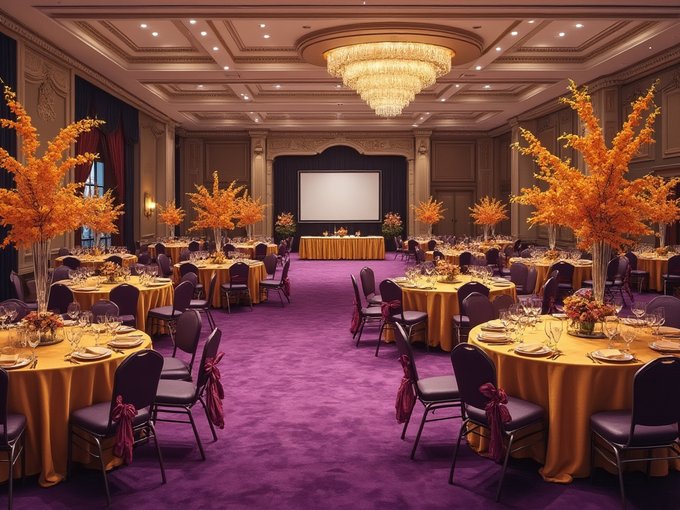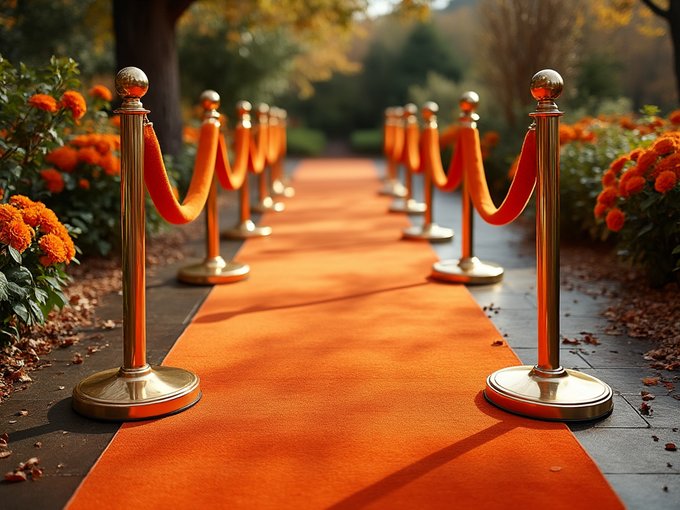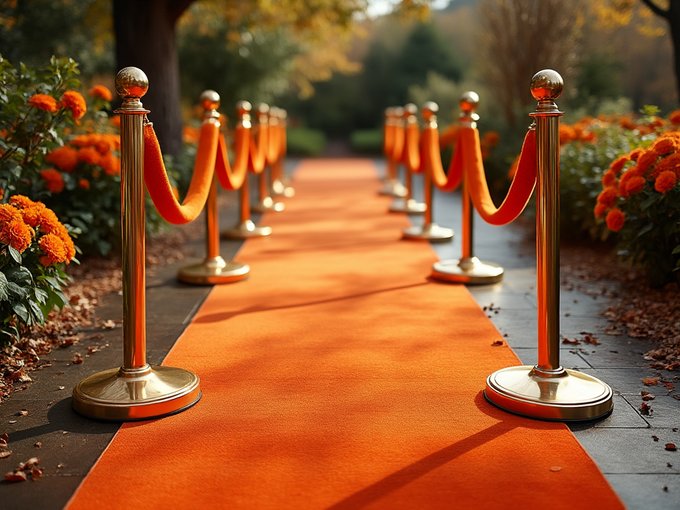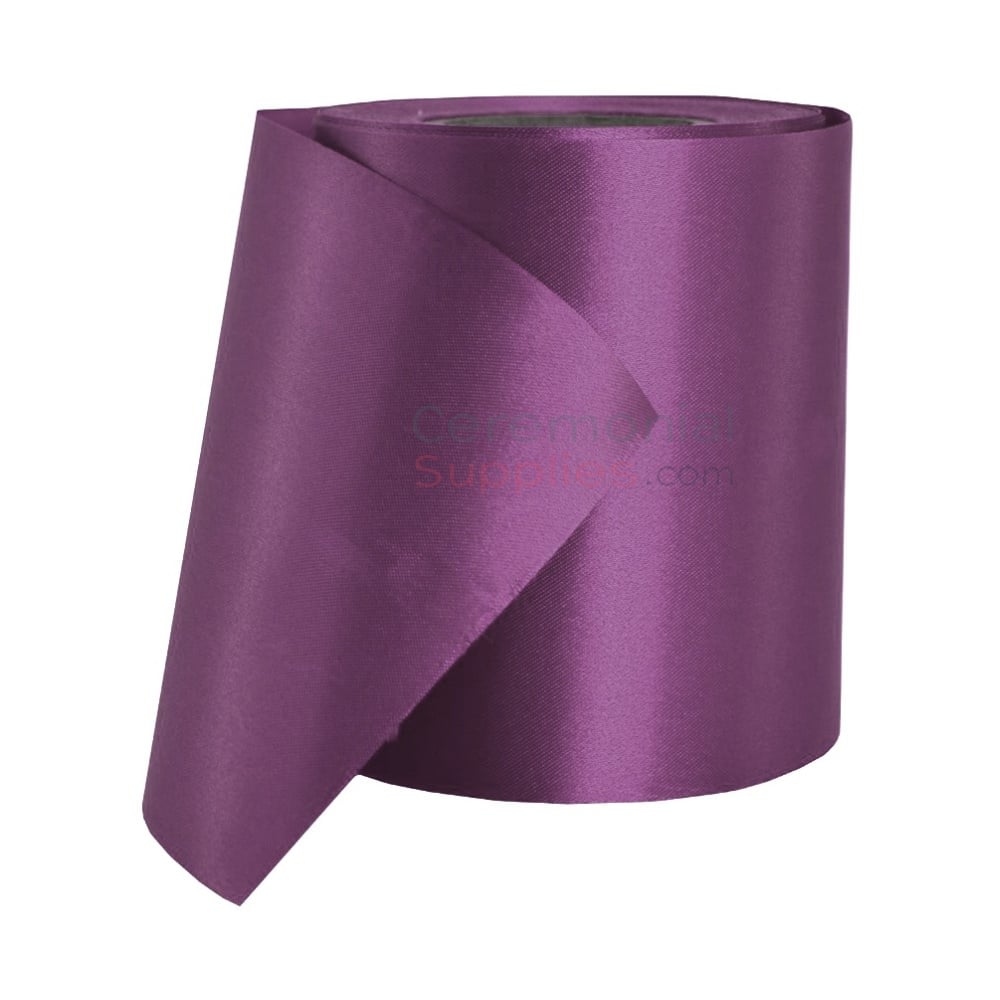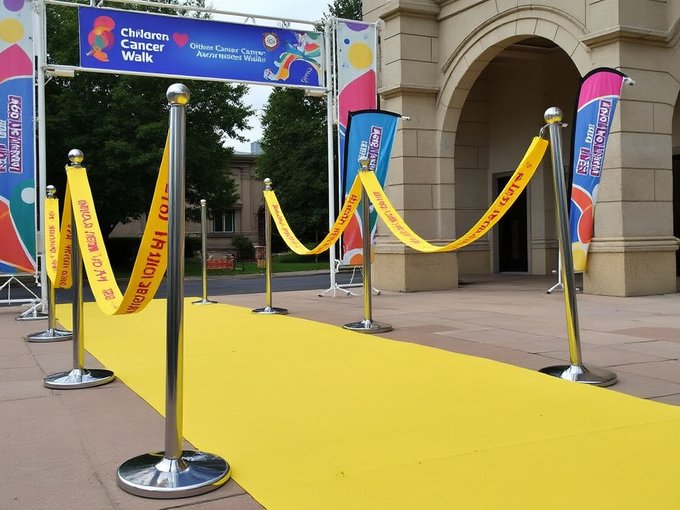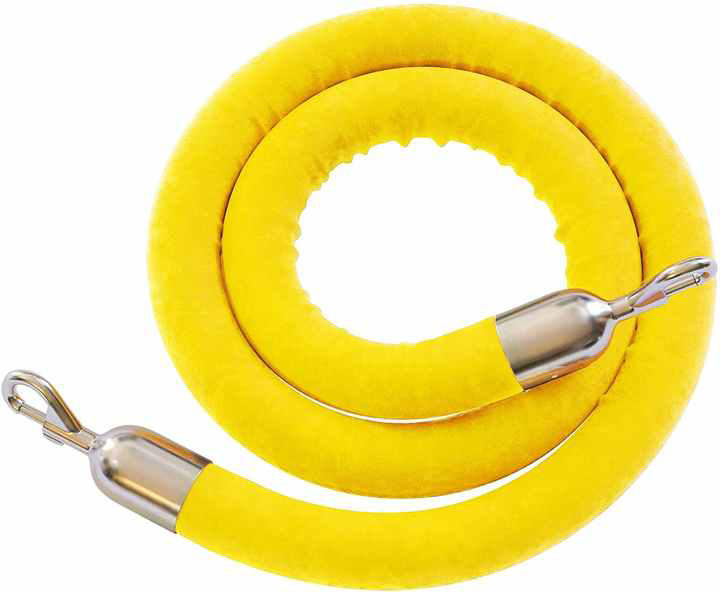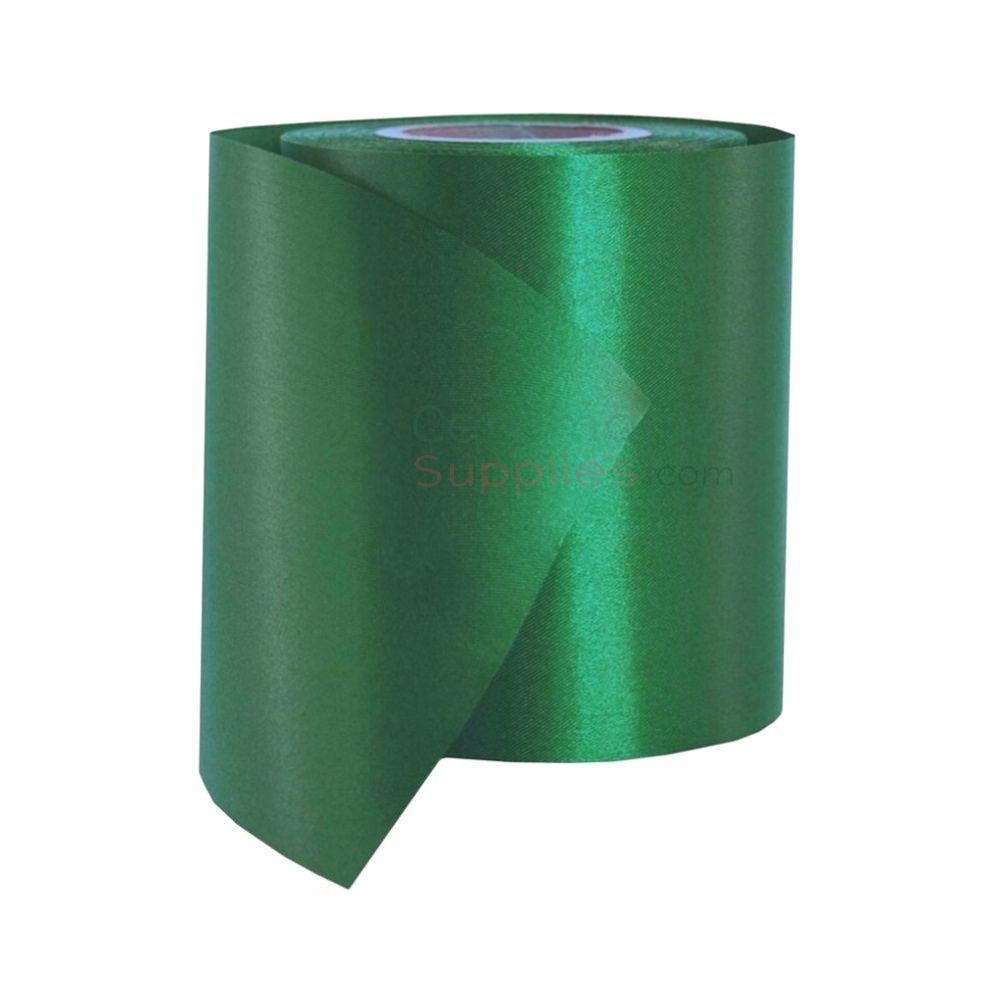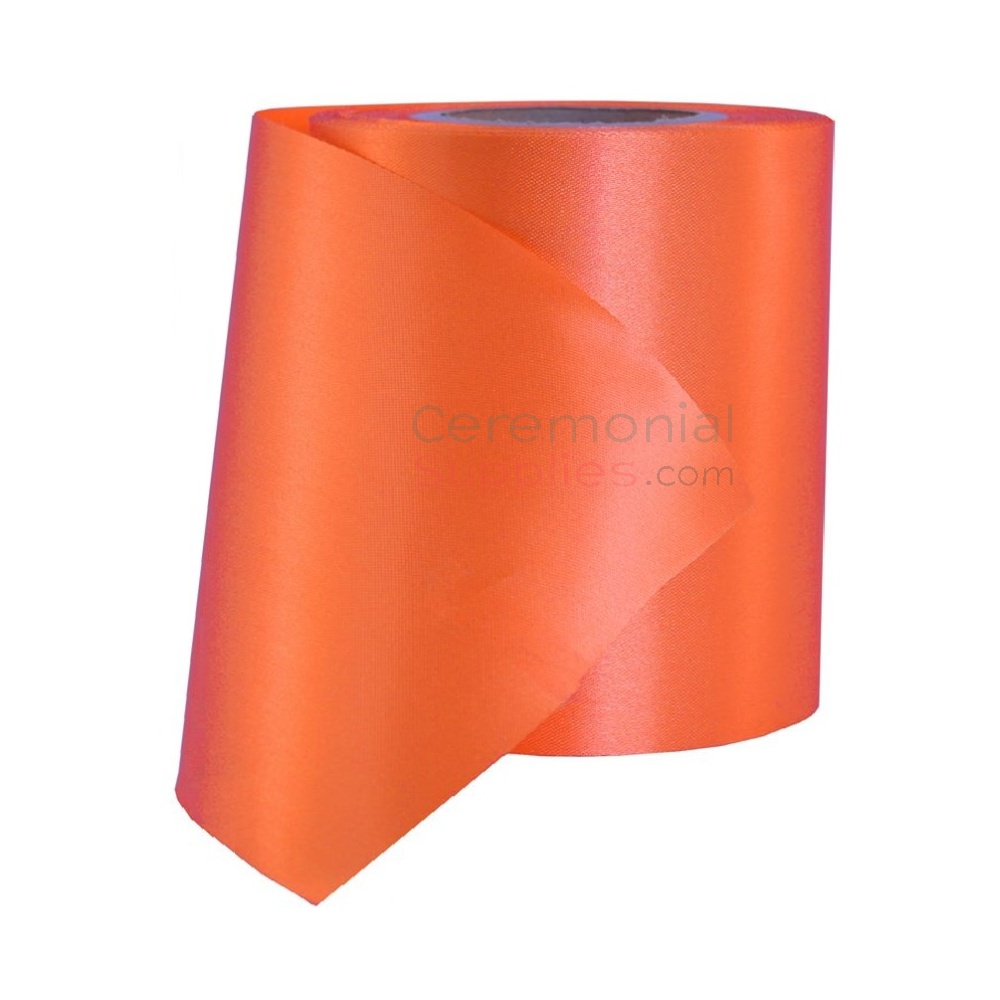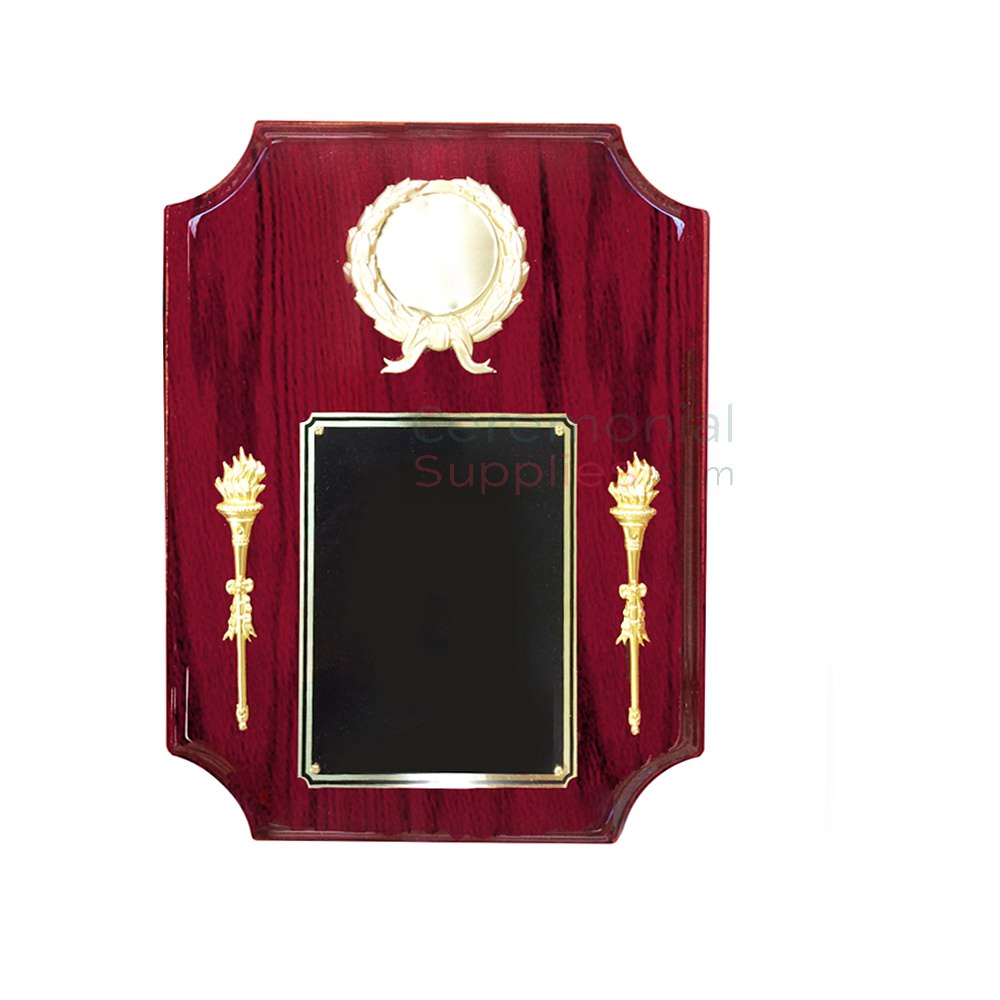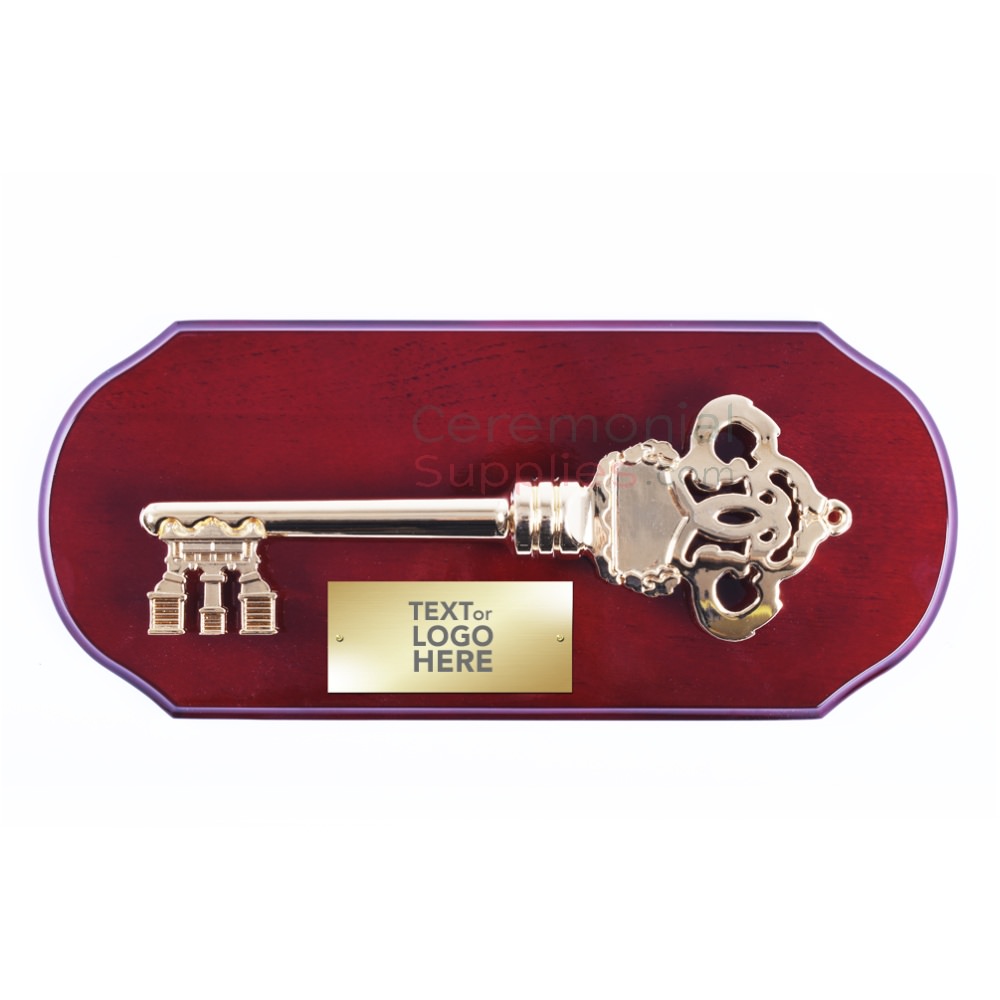One of the most famous and glamorous annual fundraising events in the United States is the Met Gala. Officially called the Costume Institute Benefit, this iconic event is hosted by the Metropolitan Museum of Art in New York City on the first Monday in May. The Met Gala, often referred to as "fashion's biggest night out," is held annually to support the Metropolitan Museum of Art's Costume Institute in New York City. The Met Gala, studded with Celebrities, red carpet and opulent ceremonial ribbons operates under the control of Vogue editor Anna Wintour since 1995, and has evolved into one of the most prestigious and well-attended fundraising events globally where high profile personalities parade their extravagantly costly and often controversial outfits to make political statements that the common people simply can’t afford nor sometimes, would want to make. Anna Wintour, editor-in-chief of Vogue magazine, leads its organization, ensuring the event maintains the stance and narrative of the magazine and its status as both a fashion highlight and a political influencer fundraiser. This benefit raises funds for the Met’s Costume Institute, attracting designers, celebrities, and high-profile guests worldwide.
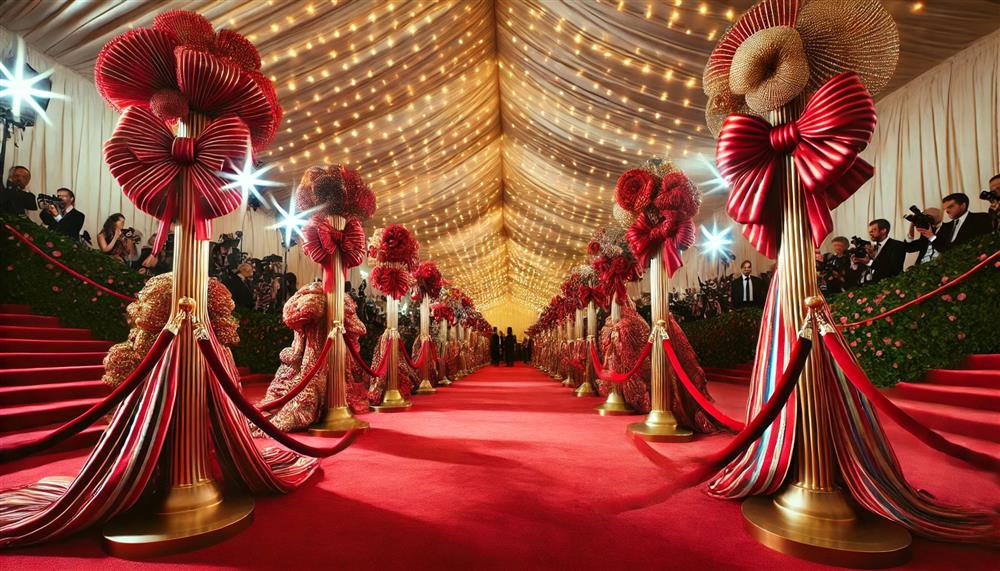
Each Met Gala features a specific theme, which is showcased throughout the décor, attire, and setup. Recent themes have included the 2018 "Heavenly Bodies: Fashion and the Catholic Imagination" where celebrities donned Catholic themed outfits, or tight fitting and body-revealing attire to highlight their own bodies, which they deem “heavenly.” Another theme was 2021’s "In America: A Lexicon of Fashion." These themes influence the event's visual identity, extending to decorations like the entrance event carpet, a posh red carpet, dressed in intricate ceremonial ribbon designs that reflect the year's motif. Every aspect aligns with the theme—from ceremonial ribbons and stanchions and rope at entrance zones to the meticulously chosen colors and textures that surround the guests. The colors used often become part of the dress code, encouraging attendees to embody the theme in their attire.
Approximately 600 guests, including well-known names of the elites in the entertainment industry like Lady Gaga, Beyoncé, Jay-Z, Kim Kardashian, Jennifer Lopez, and Rihanna, attend the gala, with tickets costing tens of thousands of dollars. This high-profile event carpet and elegant entrance setup welcomes them, while shiny classical stanchions and velvet ropes in thematic colors guide attendees into the stunning venue. Inside, decorations such as ceremonial ribbons, lavish floral arrangements, and thematic accessories add to the immersive experience, transforming the Met into a unique celebration of art, fashion, and philanthropy.

Each year's gala has a unique theme that not only dictates the dress code but also influences every element of the event’s ambiance and décor. Themes have ranged from “Heavenly Bodies: Fashion and the Catholic Imagination” to “Camp: Notes on Fashion,” blending artistry and fashion in intricate ways to create an immersive experience for attendees. Whilst not the decoration supplier to the Met Gala affair, CeremonialSupplies.com nevertheless can match every aspect of its decorative ensemble at a fraction of the cost! The Met Gala has opened the doors of imagination, inspiring local design institutes, and local museums to hold their own charity fundraising venue. This is where CeremonialSupplies.com comes in, to offer event carpets in fashionable colors like black, purple, pink, tangerine orange, yellow, green, blue, and the traditional pathway adornment of the Gods: the red carpet. From our variety of stanchions and rope, the classic traditional gold-gleaming brass stanchions and velvet rope are perfect to cordon off areas, or guide attendees, and of course, our luxurious ceremonial ribbons available in a myriad of colors, and widths ranging from 1.5” up to 12”, with capability of branding, create amazing arrangements for the ultimate lavish décor!
The Met Gala’s venue transformation is essential to bringing its theme to life. The Metropolitan Museum of Art, which houses the event, is elegantly adorned with striking decor that incorporates the chosen theme’s colors and motifs in every detail. A themed event carpet at the grand entrance is a signature element, designed with textures and hues that capture the essence of the evening. Depending on the theme, the carpet may feature deep, regal reds, classic black and gold combinations, or ethereal pastels to complement heavenly or historical themes. Attendees make their first impression on this carpet, surrounded by stanchions and ropes that create a grand pathway, lined with meticulously chosen floral arrangements and other statement decorations.

Once inside, the theme is carried through with an impressive array of ceremonial ribbons and decor that adorns the tables, stage, and even the walls, seamlessly integrating fashion with the event’s philanthropic purpose. For example, during the "China: Through the Looking Glass" theme, the space was transformed with Chinese-inspired jewel colors, textures, and artworks, with royal blue ribbons, emerald green, and ruby red curtains in vibrant red and gold draped throughout, reflecting the traditional aesthetics of Chinese culture. These elements help create a cohesive experience that flows from the event carpet at the entrance to every corner of the venue.
The Met Gala consistently attracts around 600 influential figures from fashion, entertainment, sports, and philanthropy, making it an unparalleled networking event. High-profile guests like Kim Kardashian, Billie Eilish, and Lady Gaga walk the event carpet each year, adding to the exclusivity of the gala. With tickets costing tens of thousands of dollars, the gala raises substantial funds for the museum's Costume Institute, supporting exhibitions and educational programs.
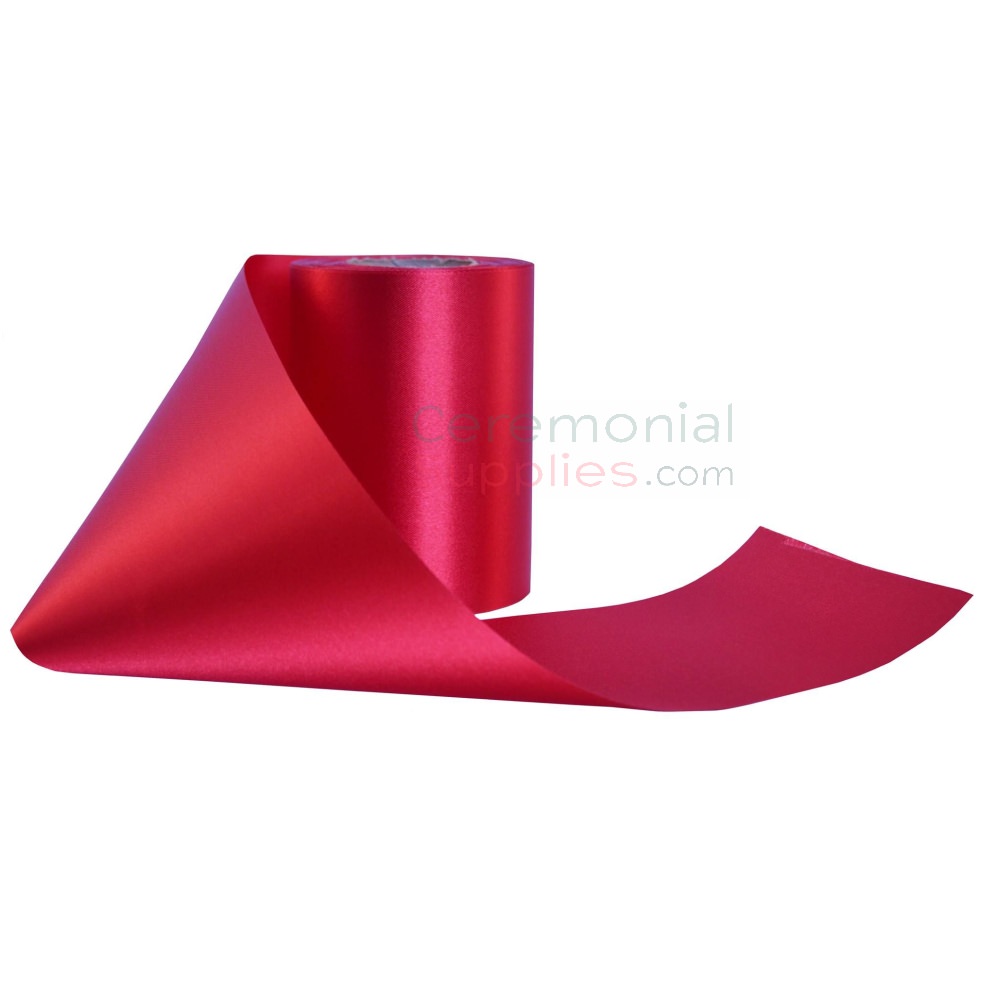
Inside, stanchions and ropes guide guests through the venue, each space decorated with themed ceremonial ribbons that unify the event’s aesthetic. Balloon installations, bows, and flower arrangements—often in colors tied to the theme—enhance the venue's grandeur and make each area feel thoughtfully curated. For example, a theme inspired by classic art might feature antique gold and lush maroon throughout, from the stanchions and rope setups at the entrance to the ceremonial ribbons richly decorating tables and chairs inside, capturing an ambiance of timeless elegance.
Shop CeremonialSupplies.com for all your special event needs, from groundbreaking ceremonies, grand openings and ribbon-cutting ceremonies, to fundraisers, graduations, military balls, weddings, and corporate functions you will find our customer service unparalleled, and our modest prices wallet-friendly to help you stay on budget, and still make your event a stunning reality! Click here for a quote.


